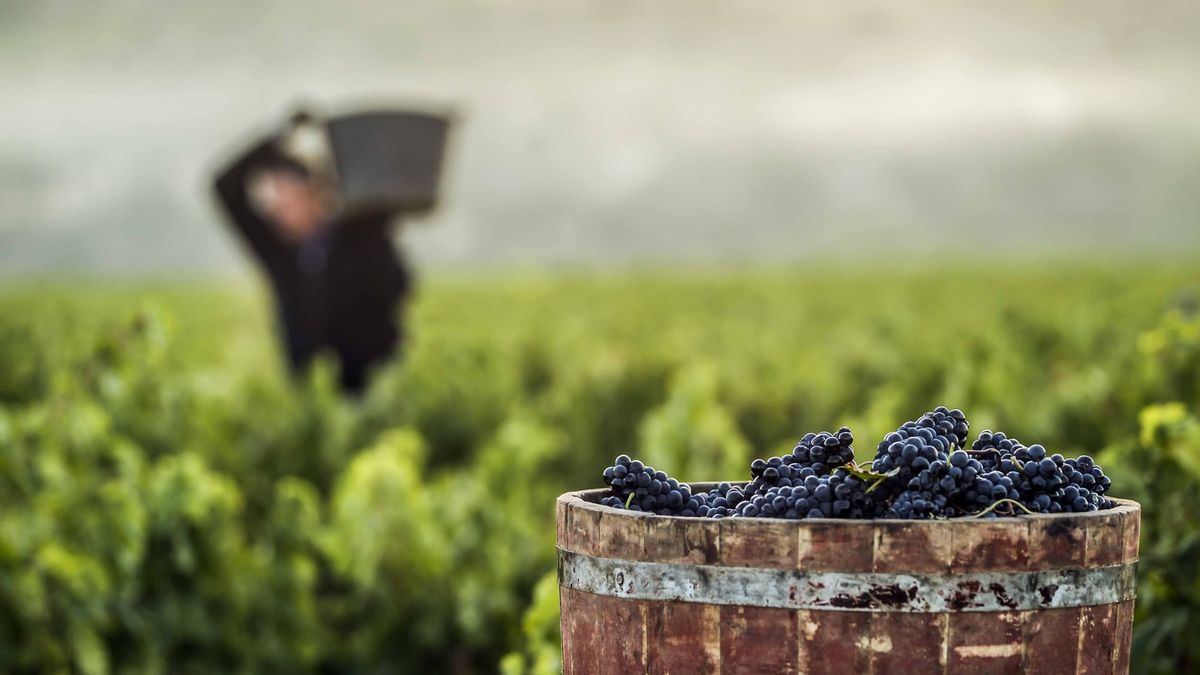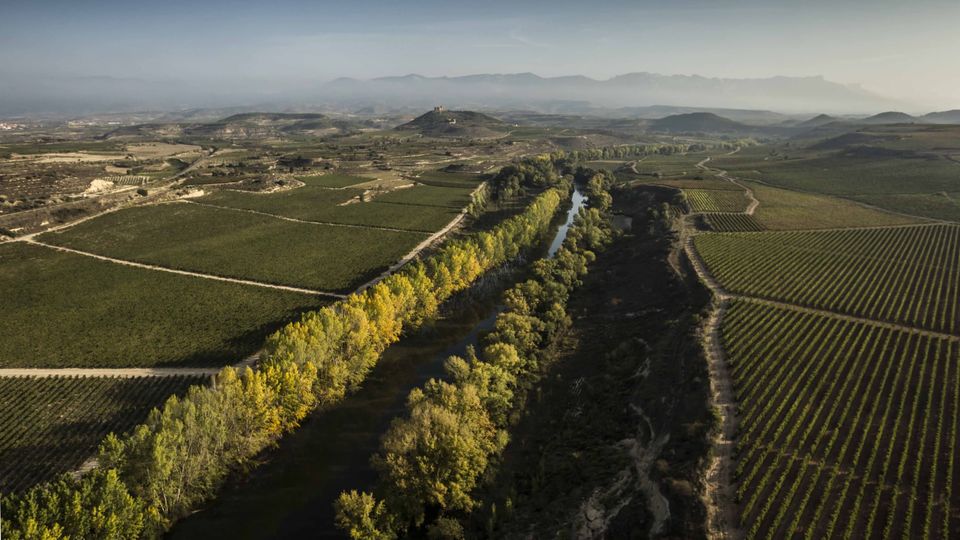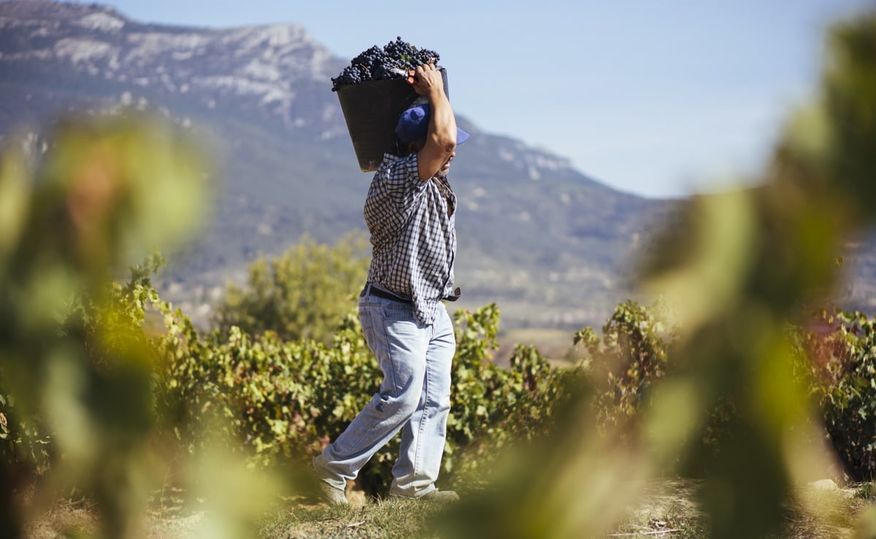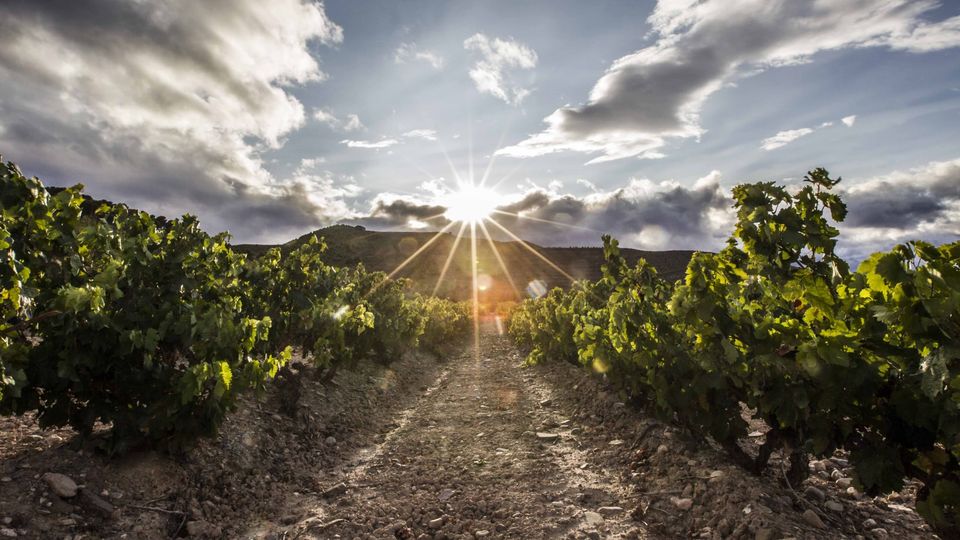Uncovering the real Rioja
There’s more to Spanish Rioja than Crianza, Reserva, and Gran Reserva.

Fewer than 200 kilometres from San Sebastián – which many consider the food capital of the world – is the legendary La Rioja.
Here lies a land of contradictions: stony snow-capped peaks giving way to fertile lowland, cracked riverbeds sloping gently upward into lush green hills, the warmth and aridity of summer melting into riotous bursts of autumn red and gold.
In this, Spain’s most famous and celebrated wine region, vineyards line the banks of the meandering Ebro River, which flows for nearly 1,000 kilometres from its source in the Cantabrian Mountains down to where it empties into the Mediterranean Sea.
The fruit grown in these vineyards (predominantly Tempranillo and Garnacha) produces the namesake wines of Rioja, which has crafted the country’s signature style for over 200 years.
Since the dawn of its wine industry in 873, Rioja has become largely synonymous with eminently drinkable wines: that is to say, it’s widely regarded as consumer-friendly wine with a reputation for good value.
But this majestic Spanish destination harbours yet another contradiction: what the world thinks of as quality Rioja is not, in fact, a complete picture of the region at all.
What most of Rioja’s marketing tells us is this: distinctive brand names, eye-catching packaging, and a relatively easy-to-understand hierarchy based on how long the wine has been aged in oak barriques: Crianza (a minimum of one year in oak and another few months in the bottle), Reserva (a minimum of three years aging with at least one of those in oak and the remainder in bottle), and Gran Reserva (at least two years in oak and at least three more in bottle).
Because this hierarchy is also reflected in Rioja’s prices (Crianza is generally the least expensive and Gran Reserva the most), it’s generally understood to mean that oak aging equals quality – but does it?
“A soil-based distinction at the very least is required in La Rioja,” says Scott Wasley, Director of the Spanish Acquisition and Australia’s premier importer of quality Spanish wine.
“One which acknowledges that only a small proportion of the appellation’s 60,000-odd hectares features the cold, hilly, limestone-clay soil profile preferable for high-quality red wine production.”
The three regions of Roja
Currently, Rioja is divided into three subregions.
To the west is Alta, where higher-altitude vineyards grow in soil packed with less limestone than that of Alavesa, made up of two separate pieces of land that sit to the north of Rioja Alta.
Swing to the east, and we have Rioja Oriental, where a drier, warmer Mediterranean climate produces wines with more fullness and body than we find in the bright, elegant expressions from Alta and Alavesa.
The problem with the current system, though, is that it’s fairly unhelpful when it comes to determining the calibre or characteristics of a given wine.
In fact, Wasley champions an entirely new system of Rioja wine classification that moves away from the emphasis on oak aging and erases the current Alta, Alavesa, and Baja geographical delineations (all of which he says offer little indication of the wine’s terroir or quality).
Moderated and overseen by the Consejo Regulador (the local regulatory body responsible for enforcing the rules and laws of Rioja), the current DOCa Rioja classification system is built entirely around oak aging in 225-litre barriques.
If a producer in the region ages their wine in concrete or in barrels smaller or larger than 225 litres, that wine is legally required to be classified as Rioja Genérico – regardless of its quality.
Likewise with Crianza, Reserva, and Gran Reserva: even if the grapes were picked at the wrong time or planted in less-than-desirable plots or the wine released to the public isn’t necessarily of the highest calibre, it’ll still command the price reserved for whichever category it falls into.
Delightful contradictions
This, then, is the contradiction inherent in Rioja wine: much of what’s widely recognised as ‘quality’ because of the classification on the label is remarkable for nothing more than the time it’s spent in oak – and much of what’s relegated to the ‘generic’ pile hails from a new generation of ambitious, progressive producers who are pushing the envelope and crafting truly noteworthy wines.
These are the producers leading the charge into a new era of Rioja: where the wines reflect the intricacies of specific vineyards and villages and where production is meticulously overseen from start to finish, unlike the early days of the region when many bodegas did little more than blend and age wine often crafted by local farmers or cooperatives.
None of this is to say, of course, that Crianza, Reserva, and Gran Reserva wines are poor quality; it’s simply to note that Rioja’s current classification system paints an incomplete portrait of the region’s potential.
It’s under the surface – in the smaller, exciting growers and winemakers giving voice to the land and focusing on the pedigree of vineyard and fruit – that you’ll begin to uncover the real Rioja.
Take a step outside the boundaries and discover Rioja’s potential with Wine Journey’s Taste of Rioja Pack, featuring three exceptional wines highlighting the north, the south, and a blend of the two regions.


